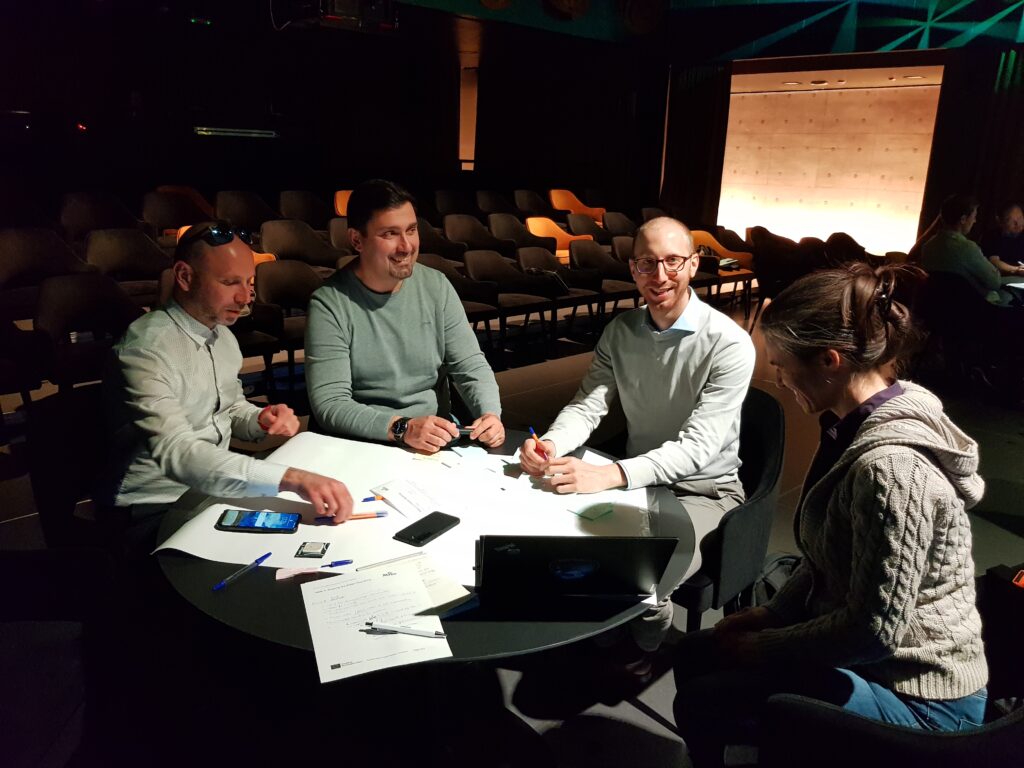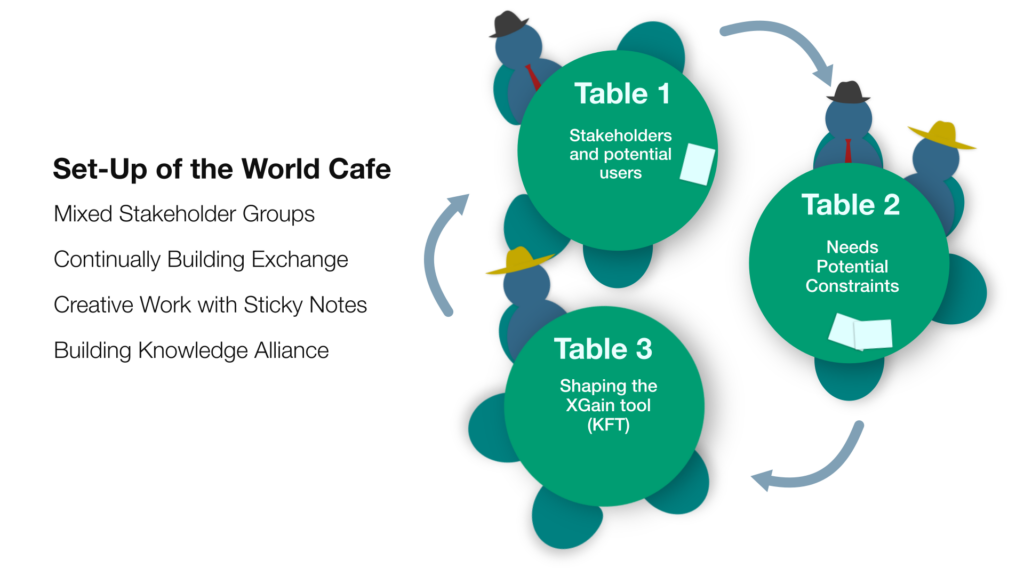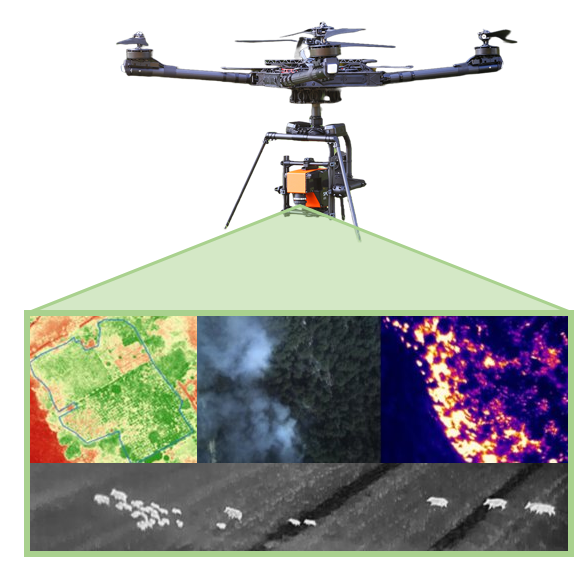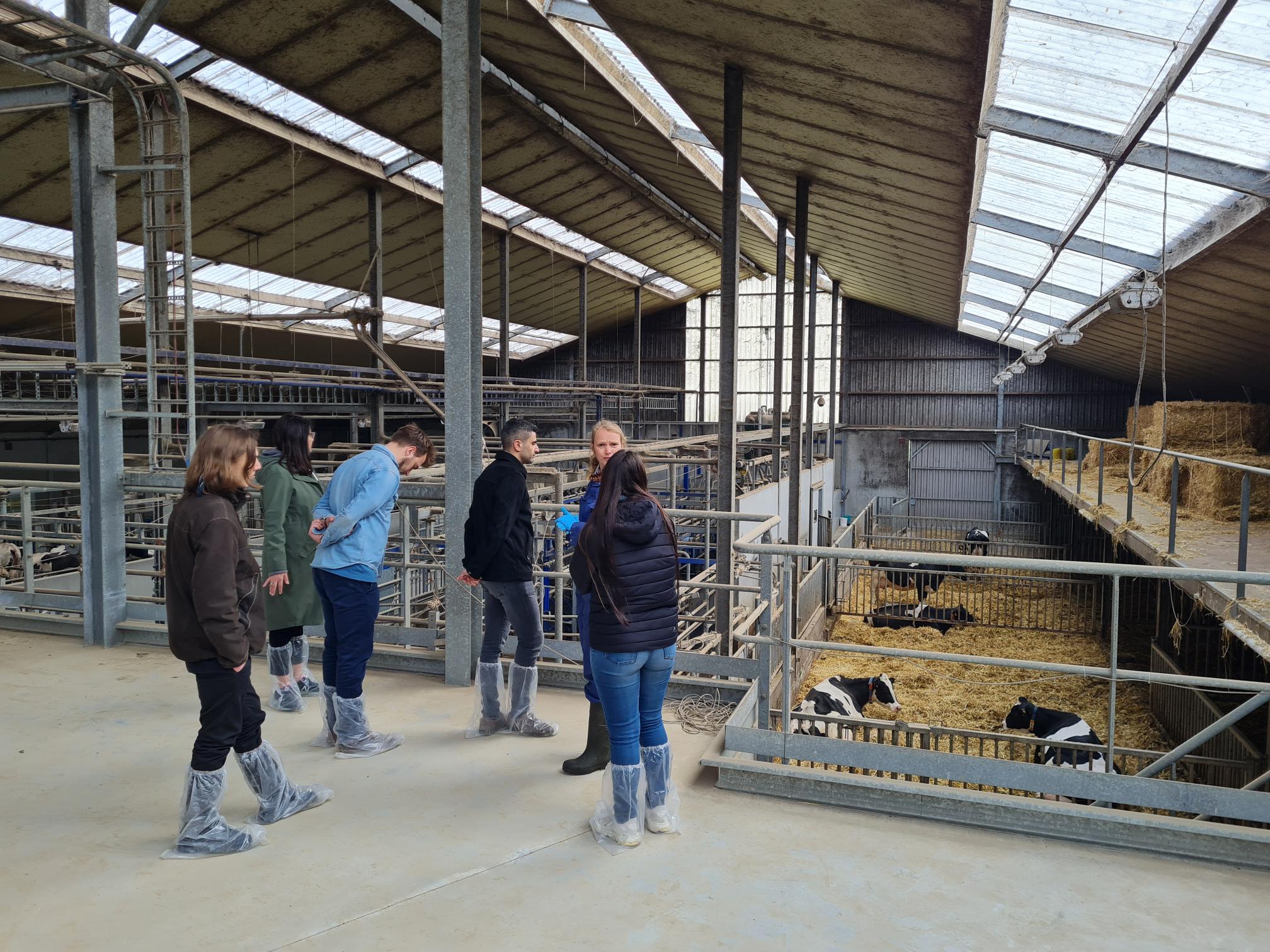In the fast-evolving world of sustainable development and innovation, the XGain project has emerged as an example of how collaboration and stakeholder engagement can drive real progress. For example, XGain uses participatory project management by adopting stakeholder mapping and co-creation. The innovative methodologies developed by XGain hold particular relevance for the Western Balkans (WB), a region actively pursuing sustainable development and technological innovation. Montenegro, Serbia and North Macedonia are increasingly focusing on smart specialisation strategies (S3) and collaborative approaches to address complex societal challenges. The project’s stakeholder engagement techniques could be particularly relevant in the WB, where traditional innovation ecosystems are still evolving.
By applying XGain’s comprehensive mapping techniques, multi-method stakeholder analysis and co-creation labs, in which the WB are currently not yet activiely involved, the region could:
- Strengthen cross-sector collaboration
- Enhance knowledge transfer between academia, industry and government
- Develop more inclusive and context-specific innovation strategies
- Bridge existing gaps in regional innovation ecosystems
As the WB continue their journey towards EU integration and sustainable development, these methods offer a promising pathway to more effective, participatory, and impactful innovation approaches.
XGain’s methodologies can be further enhanced by incorporating global best practices and new ideas to ensure even greater impact and through further adaptations, XGain is prepared to make an even greater impact, driving a fair and sustainable transition in the sectors that matter most.
Bridging Gaps: Enhancing Stakeholder Diversity and Inclusion
One key finding from XGain’s initial stakeholder mapping was a noticeable gap in local representation and limited female participation. Addressing these gaps is crucial for ensuring that all voices are heard and that the project reflects the diversity of the communities it aims to serve. Future iterations of XGain could consider targeted outreach programmes designed to engage local communities, especially those that are often underrepresented. This could include reaching out through a variety of communication channels, from social media to local radio and community events, to ensure XGain’s message resonates across diverse groups.
Expanding the Toolkit: Adopting a Multi-Method Approach
XGain’s current methodology for stakeholder analysis is solid, but there is potential to gain even more valuable insights by adopting additional mapping techniques. For example, the Three Is Method (Interest, Impact, Influence) could help identify the priorities of different stakeholders, adding another layer of depth to the analysis. Geographic mapping, which visualises stakeholder locations in relation to project activities, could also reveal patterns or areas for further collaboration.
Moreover, creating stakeholder relationship network maps could illustrate the connections between different groups, helping project managers navigate the complex web of relationships that influence outcomes. This approach would enhance the project’s ability to identify synergies and areas for deeper cooperation.

Strengthening the Co-Creation Process
The pop-up “Have-Your-Say” labs, organised Centre for Social Innovation (ZSI), have been an integral part of XGain’s co-creation process, but there is potential to extend this approach even further. One idea is to establish permanent living labs in each use case region. These spaces would serve as continuous hubs for collaboration and innovation, providing an ongoing platform for deeper engagement with stakeholders.
Incorporating agile development practices into the creation of project tools could also yield significant benefits. Rapid prototyping and iterative improvements based on real-time stakeholder feedback would ensure that the final products meet the needs of users. Holding regular “co-creation sprints” focused on addressing specific challenges would foster innovation and create a shared sense of ownership among stakeholders.

Improving Knowledge Transfer and Social Learning
XGain’s Knowledge Alliance concept has laid a strong foundation for knowledge sharing, but there is potential to amplify its impact. One way to do this is by developing a comprehensive digital knowledge hub that serves as a central repository for insights, best practices, and lessons learned. This resource would benefit current stakeholders and act as a valuable asset for future projects in related fields.
Another idea is to establish mentorship programmes that pair experienced stakeholders with newcomers. These programmes would facilitate personalised knowledge transfer, ensuring that valuable insights are passed down while also bringing fresh perspectives into the fold. Organising cross-sector learning exchanges could also foster innovation by exposing stakeholders to different ideas and approaches from other industries.

XGain’s Methodologies: A Holistic Approach to Innovation
XGain’s approach to stakeholder mapping and co-creation is one of the most comprehensive and innovative methodologies for participatory research and innovation. Here are some of the aspects that make XGain’s approach effective:
- Stakeholder Mapping: Engaging over 80 stakeholders per sector (farming, forestry, and healthcare), XGain ensures diverse perspectives are included at every stage of the project. This holistic representation helps address the needs of all involved.
- Transition to Quadruple Helix Model: By moving beyond the traditional Triple Helix model, which involves the public sector, academia, and the private sector, XGain actively includes civil society. This broader input helps foster more inclusive and balanced innovation processes.
- Pop-up Co-Creation Labs: These short-term workshops have proven to be an efficient way to bring together diverse stakeholders, gather feedback, and produce tangible results in a limited timeframe. It is a model that can be easily adapted and expanded.
- Multi-layered and Iterative Design: XGain’s structured and flexible design process empowers use cases to co-create solutions, collect and interpret data, and adapt approaches as the project progresses.
- Local and Regional Collaboration: XGain emphasises collaboration at local, regional, and trans-regional levels, ensuring that innovations are relevant and tailored to specific contexts.

XGain’s approach to stakeholder engagement, co-creation and knowledge sharing could evolve by integrating digital tools, adopting a multi-method approach to stakeholder analysis and building on successful global practices, so that XGain can continue to drive innovation in agriculture, forestry and healthcare across Europe.

Funded by the European Union. Views and opinions expressed are however those of the author(s) only and do not necessarily reflect those of the European Union or the European Research Executive Agency (REA) (granting authority). Neither the European Union nor the granting authority can be held responsible for them.

